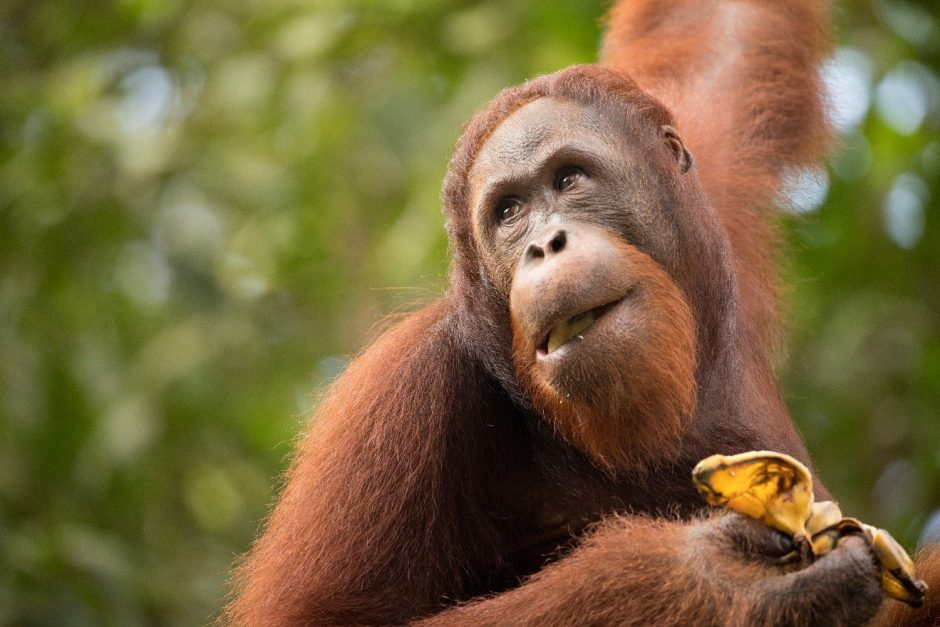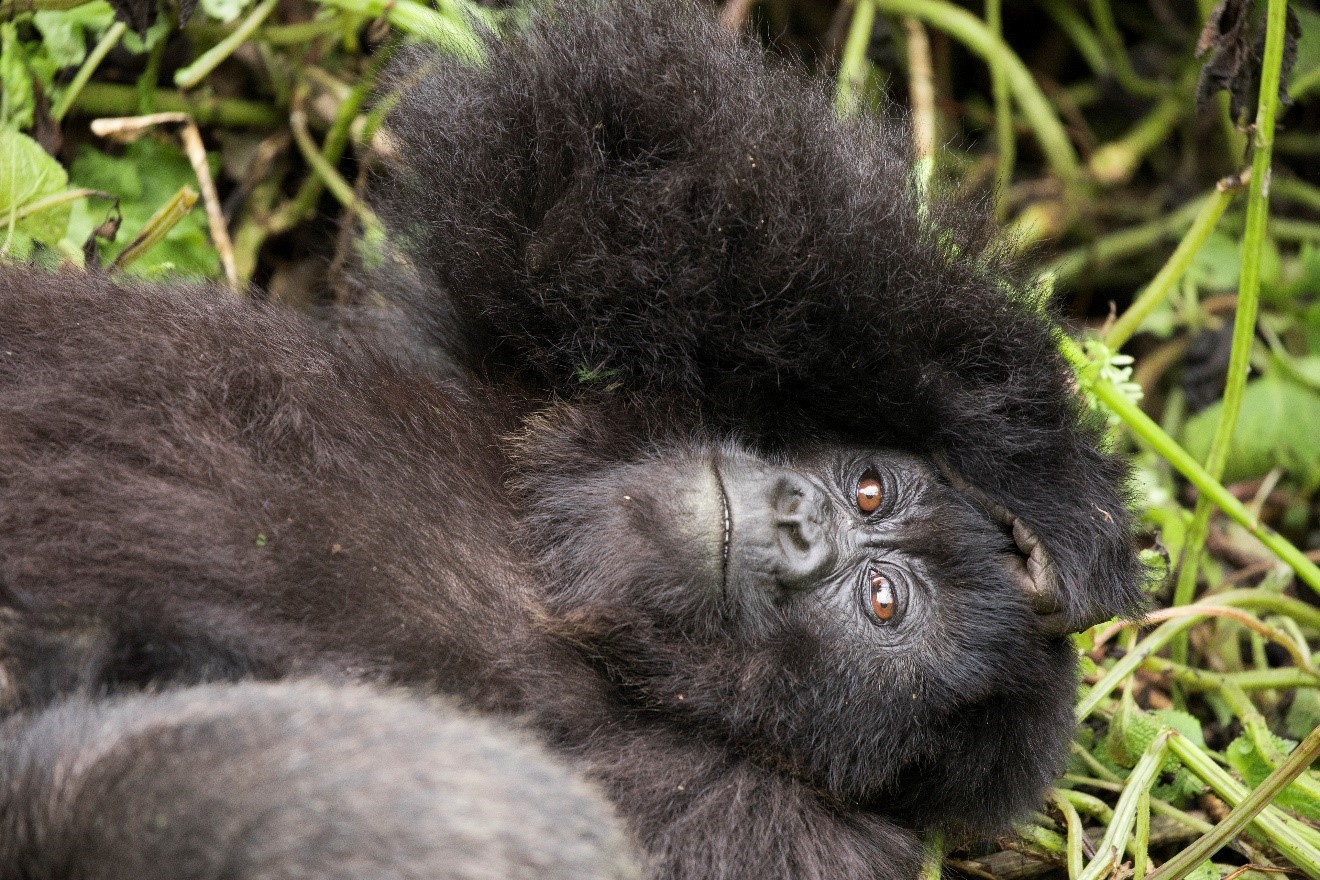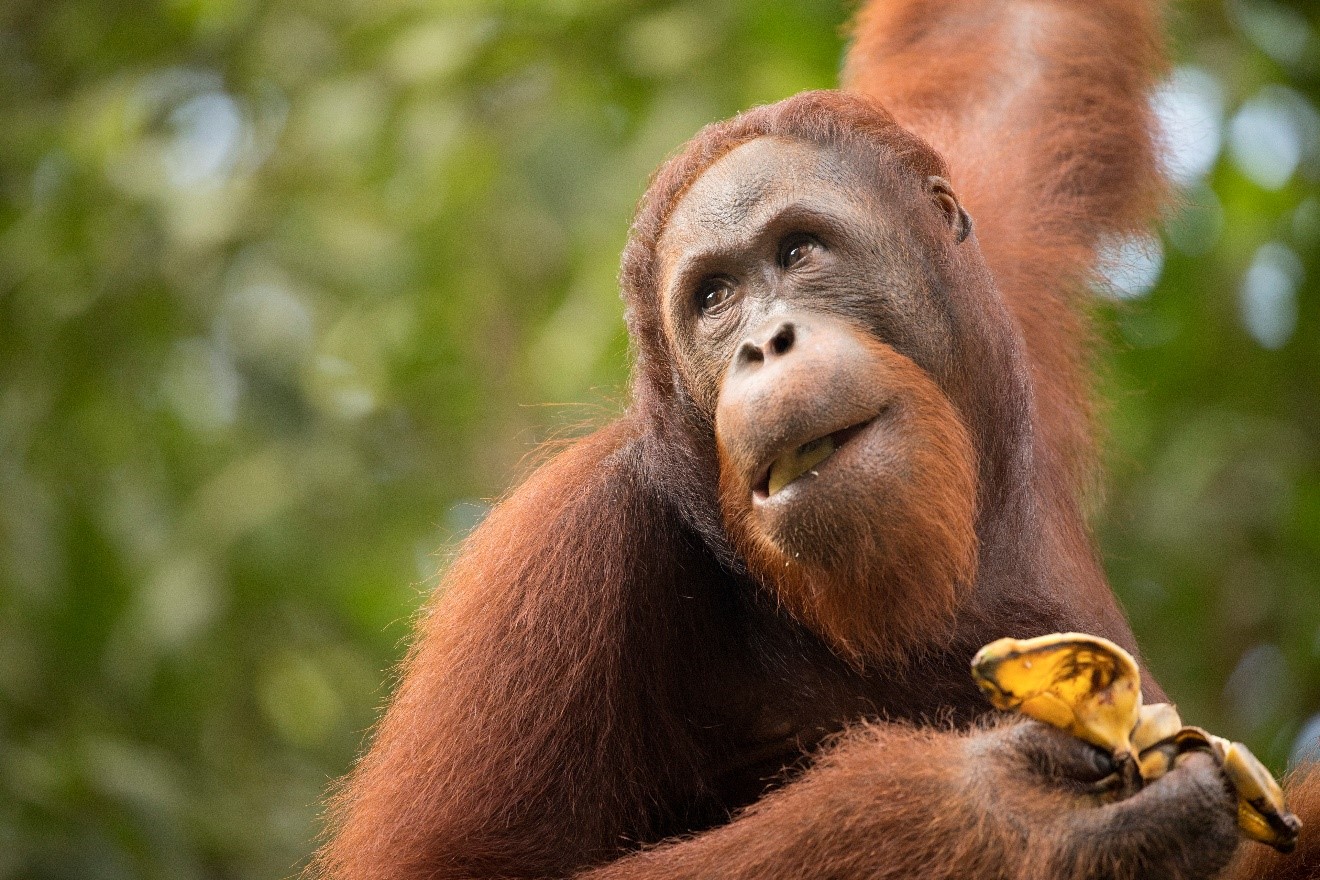
Photo Jargon – What is “Catch Light” in Wildlife Photography?
Understanding and harnessing catch light is one of the quickest ways to improve your wildlife photography, especially when it comes to animal portrait-style photos. And fortunately, the idea is rather basic and straightforward.
What is it?
Simply put, catch light is the light reflection of something bright in the eye of an animal. The utility of it, though, it what’s really important.
Catch light provides that “spark” in the eye, which adds depth and really connects the viewer with the animal. See that little glimmer of light in the orangutan photo above? That’s it! Nothing too complicated, but it can quickly turn a good photo into a great one full of emotion.

How to capture it
While professional studio photographers have the luxury of incorporating flash into their photos, wildlife photographers do not, as flash is often just too obtrusive to animals and natural behavior. But the good news is that we wildlife photographers have one of the brightest light sources available to us already—the sky! That’s right, whether it’s cloudy, sunny, or even dawn and dusk, the sky is often bright enough to deliver that catch light we’re looking for.
In order to capture it, it requires a little patience. Many animals, especially primates, will pause to look around as they’re foraging, grooming, resting, or moving through their environment. While it’s tempting to continuously take photos, you may benefit from being a bit more strategic. Have your finger on the button (metaphorically and literally), ready for the shot at a moment’s notice. What often happens is that a brief moment presents itself, when an animal tilts its head in just the right direction (often glancing to the side or up) such that the bright sky or sun reflects in its eye. And that’s the moment you want to fire away and take the photo (or multiple photos if you have burst capabilities).
This beautiful catch light reflection can happen at any time, but it’s best to anticipate it as the animal looks up slightly towards the sky. Think of the eye as a mirror, reflecting that light back to you, the photographer.

And still other times, the catch light might be so strong that it actually blocks out the pupil and iris entirely, giving a drastic shimmer to the eye. This isn’t necessarily a bad thing, but it’s just good to be cognizant of it. Take the above example, of a young gorilla looking directly up at the sky and how strong that catch light is.
When it comes to wildlife photography, we just don’t have the luxury of being in the perfect position each and every time. The animal’s moving…we may need to be moving, and getting a specific angle with regards to the light could be impractical. Thus, I’ve found that it’s best not to worry too much about planning for catch light. Rather, I feel that it’s more important just to be aware of it and how it can enhance an animal portrait.

So next time you are in the middle of a sensational wildlife encounter, take a moment to think about catch light and how to might capture that special spark to turn a good photo into one you really connect with.
Go forward and give it a shot,

Court